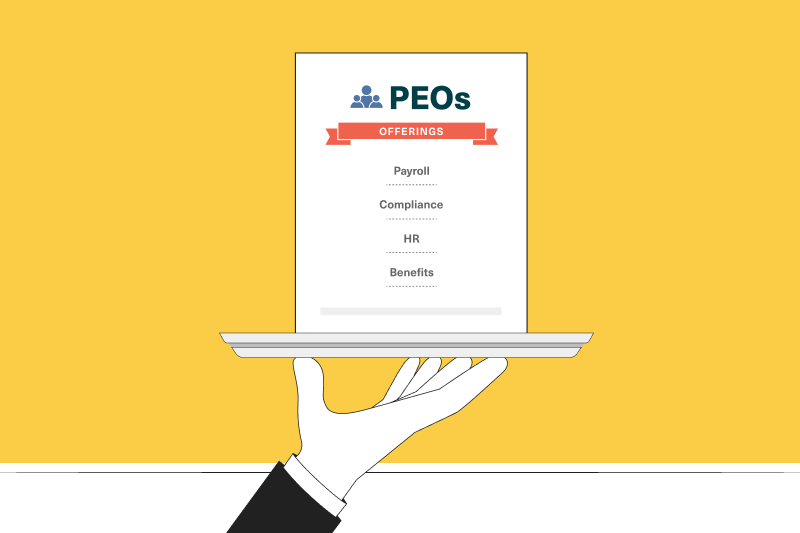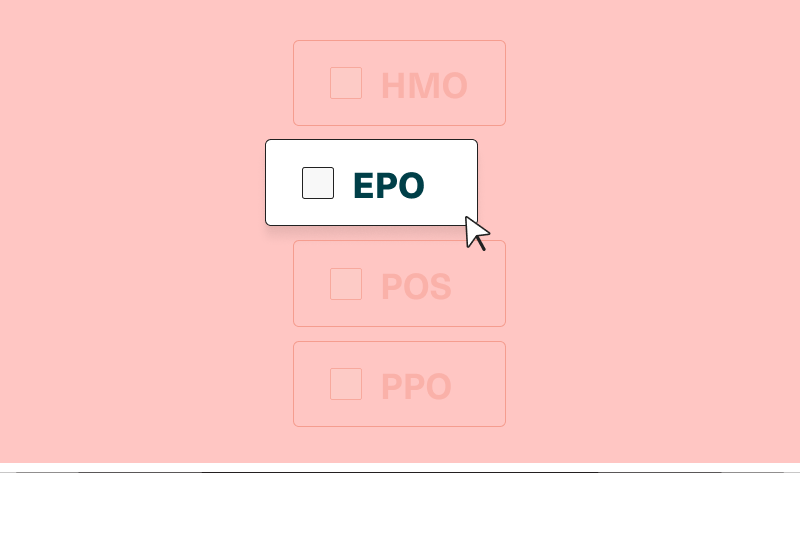What is a self-funded medical plan?

What is a self-funded medical plan?
A self-funded medical plan, also known as a self-insured plan, is a health insurance plan in which the employer assumes the financial risk for providing health care benefits to its employees. Employers with this type of plan take responsibility to pay for employee medical claims as they are presented, using money contributed by employees and the company that is set aside expressly for this purpose.
When considering a self-funded medical plan, it is helpful to know about the other types of plans, particularly those you are likely most familiar with – a fully-funded medical plan.
Fully-funded medical plans
Fully-funded medical plans are the most common, where employers pay a predetermined premium to an insurance carrier, such as Aetna or United. These traditional carriers assume the financial risk, meaning they are at risk for paying more to cover your claims than you paid in premiums. They may also pay out less in claims costs than you paid in premiums. In this scenario, they get to keep the money you paid that didn’t go towards claims.
Related: Understanding self-funded vs. fully-funded health insurance
Fully-funded medical plans are similar to auto insurance. You pay your annual premiums whether you filed a claim that year or not. If your claim costs are high, your auto insurance carrier may take a loss, but the carrier makes a profit if they are low. While the carrier will cover your claims no matter the number or cost, you can bet your carrier will increase your rates the following year if you make any claims.
Carriers calculate your premium rate based on the risk they assess for your company. If your employees’ total claims exceeded your premium cost last year, the carrier would inevitably raise your premium rate the following year. They want to make up for the money spent to pay for the overage and make sure they aren’t out more money the next year. This is why your premiums typically increase each year.
Smaller companies generally pay more in premiums than larger companies. With fewer employees to participate in the plan, the carrier is limited in how they can spread out their risk. If more people participate in the plan there is less risk to the carrier. The overall cost of claims is typically lower as carriers can diversify risk across a larger population.
In a fully-funded plan, your premiums pay for claims, as well as for the carrier to administer the plan. It will manage and pay all of the qualifying claims submitted by your employees’ healthcare providers, including negotiating pricing with providers.
Self-funded medical plans
Companies of all sizes are opting for self-funded medical plans because they are less expensive than fully-funded plans, and they are more customizable. With a self-funded plan, the employer pays a fixed monthly amount to the carrier and pays the claims on behalf of its employees. That means the employer will either pay the claims as they come in, or they will deposit expected or maximum costs into a trust account each month. The money is typically collected from employees each month, with the employer sharing in contributions as well.
If claims totals come in at less than what is in the trust, the employer keeps the money, paying only for medical care employees used. Employers can use that money the next year to pay claims or invest it in other initiatives. If the claims totals come in at more than what was collected in premiums, then the employer has to cover the additional amount.
Of course, there is always a risk that this overage amount is significant, or “catastrophic,” as the insurance industry calls it. To cover themselves from catastrophic claims, employers will purchase stop-loss insurance.
Alternatively, some plans, like Sana, include stop-loss insurance into the fixed monthly cost of their plan. These types of plans are referred to as “level-funded” medical plans because there is a cap on how much the employer has to pay. If claims are high and reach the cap, the stop-loss insurance kicks in. If claims are low, the plan pays the employer a rebate for the difference. Maximum out-of-pocket costs are kept “level.”
Stop-loss insurance provides protection for self-insured employers by serving as a reimbursement mechanism for catastrophic claims exceeding predetermined levels. This type of insurance ensures the company can pay for any and all claims, even if their claims fund has been depleted.
Because the employer assumes this risk and not the carrier, overall plan costs are lower. Without a carrier as the middleman, self-funded plans avoid marked up fees. Another benefit of self-funded medical plans over fully-funded plans is that certain federal and state taxes that apply to traditional plans don’t apply to self-funded plans. Instead, employers and employees can deduct premium costs from their taxes.
The exclusion of a carrier has additional benefits as well. With fully-funded plans, the carrier owns the plan data. If you want access to this data, you have to go through the carrier, and they typically are not entirely transparent. As the owner of the self-funded plan, you have access to this data and can manage your own claims.
And that brings us to another difference between the two types of plans. As we said, the carrier administers a fully-funded plan. With a self-funded plan, the employer typically takes on this responsibility, unless the carrier includes the cost of administration in their monthly premium fees, as with Sana.
For companies without internal staff to manage claims, a Third-Party Administrator (TPA) can handle the claims and negotiate better pricing. Even with the cost of a TPA, small businesses can still save money with the lower self-funded plan rates.
Finally, self-funded plans are typically more flexible than fully-funded plans. You will often have more plan options and can customize the plan based on your employees’ needs. This means you are not only paying for actual claims, but you are paying for the plan types and options your employees want.
Which medical plan is right for you?
Choosing between a fully-funded plan and a self-funded medical plan can be challenging because insurance is sometimes hard to understand. Increasingly more small companies are moving to the self-funded model to save money and take control of their benefits.
Related: How Sana saves your small business money
If you are struggling to decide which is best for your company, it may help to look at your employees. For companies with relatively healthy employees, the self-funded model can save you significant costs because you will only pay for the claims employees submit. Healthier employees mean fewer claims, which means lower costs for you.
If the self-funded insurance carrier does not include plan administration into their fees, you can look at the number of employees you have to determine how much work you may have to manage claims. The more employees you have, the more claims you will have to process internally unless you hire a TPA to manage them for you. If you have a limited staff and do not want to hire a TPA, it may be worth it to you to pay more for a fully-funded plan. Keep in mind that in many cases, the cost for a TPA is a fraction of the potential claims costs if a TPA isn’t there to negotiate down the price.
When looking at self-funded insurance carriers, be sure you understand what is included in your premium payment. Do they administer the plan? How much stop-loss insurance is appropriate and what is that cost to include it in the plan fees, if they offer it at all? Does the carrier provide secure online access to important benefit-related information? Will they assist you in analyzing your existing plan design and recent claims experience to determine any cost and coverage benefits with a self-funded plan?
No matter the size of your business, you can save money while still providing excellent benefits to your employees. You have options for healthcare plans. Talk with experts to see if a self-funded medical plan is right for your company.






